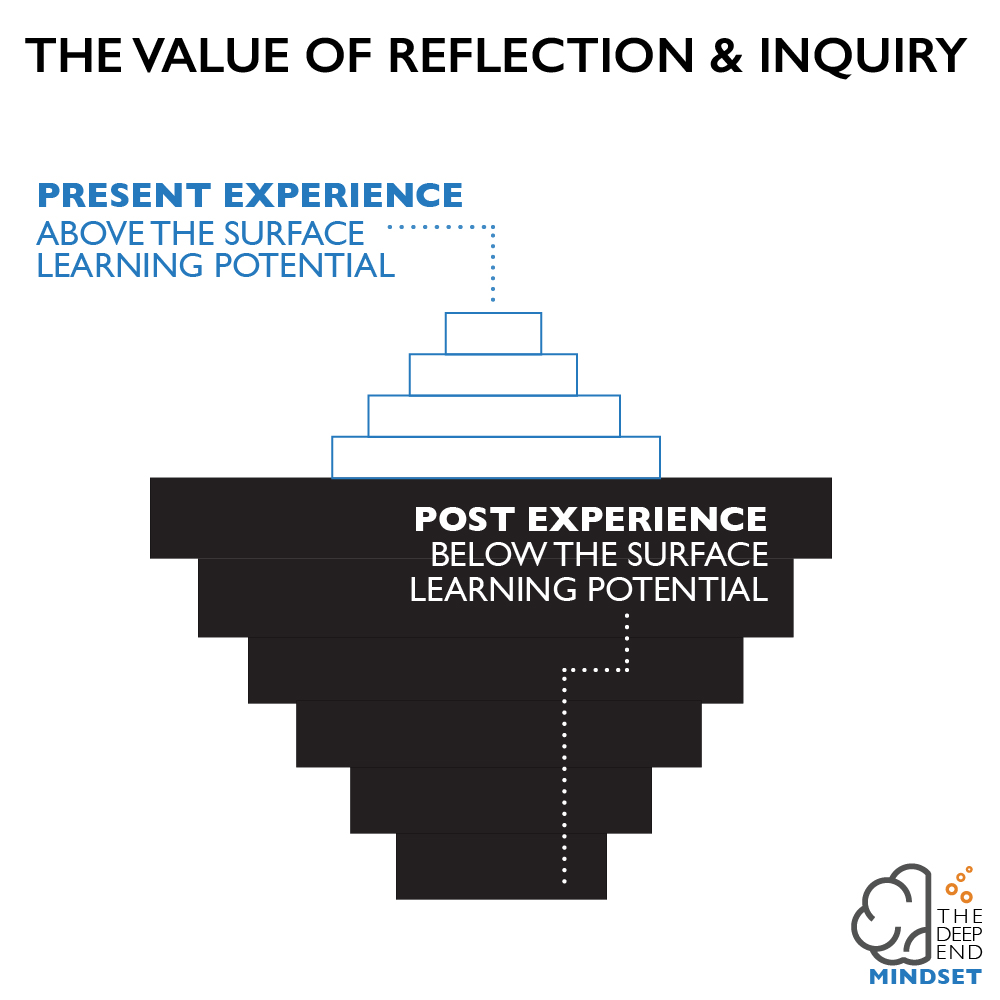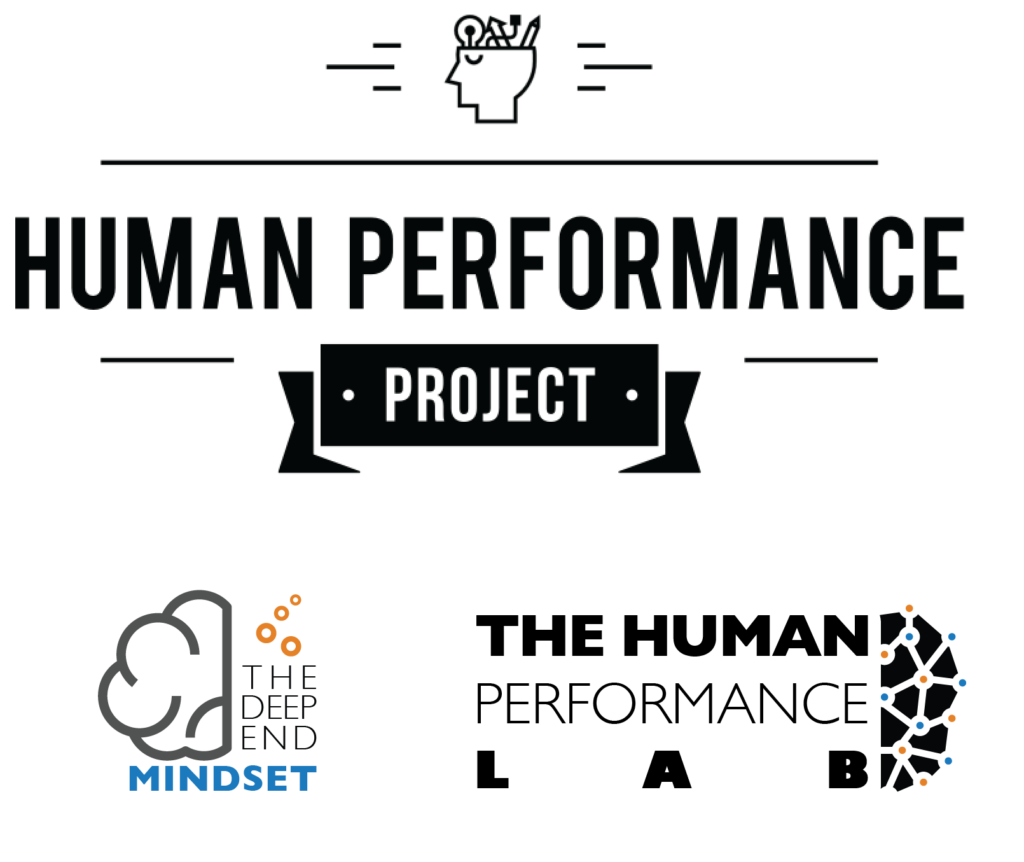Throttle Down. Full Speed Ahead.
It was 6 P.M as I walked out of the office to a beautiful Ontario sunset.
Buzzing with excitement and energy after a jam packed 10 hour day of facilitated strategic planning – my mind refused to turn off as I started to think of all the next steps on this exciting journey.
Of course the day wasn’t over, it was off to dinner with the team at a nearby restaurant. I knew the name of the restaurant and a general sense of where it was, just a few blocks down the road. I threw on Google Maps GPS just to make sure I got there okay.
I turned on the car, Google started talking to me, and my mind immediately dove back into the tumultuous and endlessly complex river of information and details that came out of the day of work.
“What were the key conversations that needed immediate follow up on?”
“Who did I have to bring into the fold for the various teams that were driving forward?”
“What barriers came up that needed attention?”
“How can I encourage and support team members who have really grown and contributed along the way?”
…Google “merge onto Hwy 401”…
“Did I notice any dynamics in the room that indicate potential conflict or underlying issues?”
“How can we continue to maintain the high velocity of daily work but still strive towards a large and ambitious product vision?”
My mind snapped back to reality.
I was 15 kilometers out of town driving back to Toronto on the main highway.
What the–how the heck did I end up here?
Lost in Flow

Surprisingly it took me more than a few seconds to convince myself I was in fact headed in the completely wrong direction and was now 15 kilometers away from the restaurant. I pulled off the freeway and started shifting my energy and attention to the matter at hand, getting unlost. This energy shift out of Flow and into the moment was painstakingly hard.
After several painful minutes of reorienting myself I finally made it back to the restaurant, however the experience had taken it’s toll and I started to consider why that happened.
The Energy & Focus Impact of Being in the Zone
Do you remember being told not to swim right after you eat a meal? The reason for this is because when your body is digesting food it diverts blood flow (resources) from around the body and concentrates them on that sole task – creating a higher likelihood for cramping or muscle fatigue when swimming…
The same concept applies to being in Flow.
Being in the Zone takes huge amounts of energy and focus. Not just conscious focus, subconscious, mental, emotional, spiritual, and physical focus as well. It is all encompassing, and that is part of why it produces such rich and high performance experiences.
Looking back on my trip to Waterloo, I realized that I subconsciously made the decision to use Google maps and GPS to off-load the navigation efforts so I could remain focused on the thinking I was doing in my Flow state.
By the end of my 4 day whirlwind trip I was blown away with the fact that I had absolutely no sense of direction in the small city of Waterloo. Despite driving to and from my accommodations several times a day I could not have told you the mere 7 blocks worth of directions to get to and from, let alone the general direction to start off in.
How to Break ‘Flow’ Barriers in Work, Life, and Sport
I wasn’t even halfway through one of our gruelling 24 minute workouts and all I wanted to do was stop…
Enhance Flow by Eliminating Everything

In Waterloo I had completely eliminated almost all day to day decision points and the mental focus associated with them to free up more energy and focus. What’s more interesting is this happened unconsciously – somewhere inside of my subconscious I knew that by diverting my attention to minor decision making tasks would sabotage the Flow state I was leveraging.
This lead to some important learnings.
Our time and energy is limited
Time and energy our two greatest growth catalysts that accrue over time and ultimately separate the good from the great. These two elements have interesting and unique traits and they dance in a very unified relationship. Time is the ultimate non-renewable resource – we can’t get it back and we can’t make more of it. Choosing where our energy is spent is the engine that drives the ultimate investment of our time.
More than money, status, or material possessions think deeply about how you are spending your time and energy in every decision and experience in life. These decision are the leading indicators of the extrinsic incentives that will follow.
We waste a lot of energy
The best investment of our energy is to spend as much of it as possible invested in our core passions, desires, and beliefs – the successful result of this is a Flow state and high performance results.
The problem is that we don’t do this.
Just like my micro example of choosing flow over navigation – we have hundreds of these decision a day… To seek out Flow moments that will propel us into learning, growth, and success – or to continue choosing to do the mundane tasks that suck our energy and waste our time.
Consider the following:
- Is attending the numerous meetings you have scheduled for today really the absolute best use of your time?
- Do those meetings need to be an hour long, or can you accomplish the key outcomes in 5-10 minutes?
- Outside of work, what are the 2-3 activities that take up the largest portions of your time? Are these things you absolutely love doing and strive to be world class in?
- How many decisions and actions a day could you defer to someone else and come away with a similar or even better outcome than if you held on and protected your authority over it?
- How many activities can you say you truly love doing everyday? What percentage of time does this make up – what’s happening with the rest of your day?
We Don’t Spend Enough Time Thinking
Just because you’re not in the boardroom facilitating that important meeting or on the athletic court in the final quarter doesn’t mean that important work cannot be happening.
Warren Buffet, the most successful investor of the 20th century says he spends 80% of his working days reading and thinking.
I believe a lot of our greatest work can come when we apply the same time and energy we invest in the boardroom to actively and subconsciously think about the work we are passionate about.
A common fallacy that exists in our fast paced hyper connected world is that actively doing something is always more beneficial than the appearance of doing nothing. Something Warren Buffet has clearly leveraged over his career.
Flow Translates
Have you ever been out of the office on a weekend, holiday or after work adventure doing something you love when suddenly you realize the answer the problem you’ve been wrestling over is as clear as day?
This is again a testament to the fact that our bodies and minds when in Flow states can subconsciously connect dots across all aspects of our lives that we struggle or fail to achieve consciously.
Think being fully immersed in a fly fishing trip or long run is being selfish and self serving? Think again – give yourself fully to these passions and you’ll be surprised at the learnings and light bulb moments you will uncover.
Where from here?
So. The next time you find yourself snapping back to reality after being lost in a daze of thought and contemplation – don’t immediately write off the ‘bad behaviour’ – instead dig a little deeper into what exactly had you lost in a moment of Flow.
Replicating this experience is the key to your most meaningful work and impact in the world.
Photo Credit: Alex Wong, Charles Yeager, Julia Caesar
Subscribe for a monthly dose of inspiration… Similar to what you just read above!



